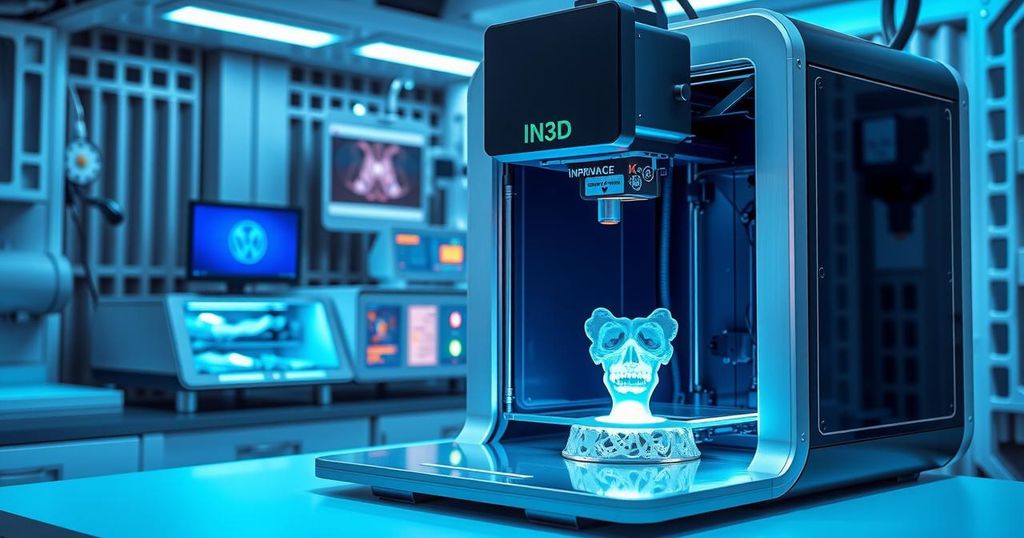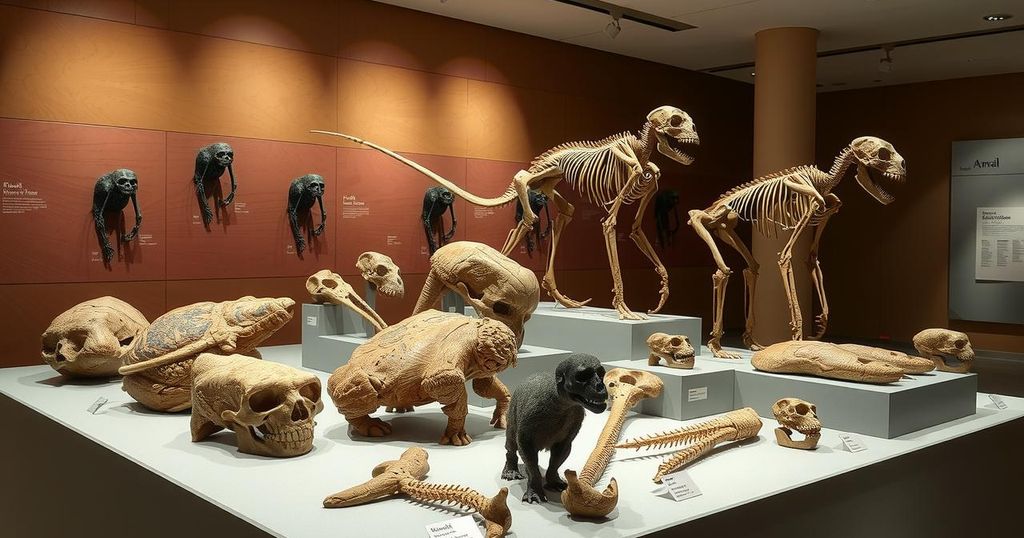NASA’s Remarkable Advances in Bioprinting and Stem Cell Research in Space
NASA has achieved groundbreaking advancements in bioprinting and stem cell research in microgravity. Successes include 3D bioprinting of knee cartilage and accelerated growth of brain organoids. These findings could revolutionize treatments for injuries and neurological diseases amidst the unique challenges of long space missions.
In a groundbreaking achievement for space biomedical research, NASA’s recent experiments aboard the International Space Station have ushered in new possibilities for tissue engineering. First off, researchers successfully showcased the feasibility of 3D bioprinting knee cartilage—specifically the meniscus—using microgravity conditions. This advancement holds promise for treating musculoskeletal injuries, especially useful during long spaceflights or on other planets where essential resources are low.
In this initiative named BFF Meniscus-2, scientists utilized the BioFabrication Facility to print knee cartilage tissue with bioinks and human cells. Notably, the meniscus stands as the first anatomically relevant tissue to be engineered in space. The potential for these bioprinted human tissues extends beyond immediate applications; they could serve as alternatives to the limited donor organs we have on Earth. Plus, the unique environment of microgravity actually addresses challenges like tissue structure collapse that often arise in normal gravity.
Adding to the excitement, researchers have also made strides with brain organoids, clusters of central nervous system cells that can now thrive in microgravity for extended durations. What’s fascinating is that these organoids have been found to develop neurons quicker than those on Earth. This might just pave the way for understanding neurodegenerative diseases better, shedding light on how space travel could impact human brains.
The Cosmic Brain Organoids project delved into growing organoids from neural stem cells taken from patients with primary progressive multiple sclerosis and Parkinson’s disease. The results? They provide significant insights into these serious neurological disorders and could bolster the development of novel treatments down the line. With plans for further research, scientists hope to uncover the reasons behind this expedited neuron maturation.
In another exciting revelation, NASA’s experiments have found that induced pluripotent stem cells (iPSCs) can be cultivated in microgravity using standard, readily available cell culture materials. This could lower the costs of space-based biomedical research, making it more accessible to a wider circle of scientists and research institutions.
The Stellar Stem Cells Ax-2 mission focused on understanding how microgravity influences the processes for generating and nurturing stem cells into various tissue types. iPSCs are remarkable in that they can transform into any cell type in the human body. Insight gained from these experiments could support regenerative medicine and potentially pave the way for large-scale biomanufacturing of cell therapies in the unique environment of space.
In summary, NASA’s latest research efforts in bioprinting and stem cell development aboard the ISS have not only pushed the boundaries of what’s possible in space but also laid foundational work that could transform healthcare here on Earth. The advancements in 3D bioprinting of cartilage and rapid neuron development in microgravity highlight the untapped potential of space for serious scientific exploration. With ongoing research, the future looks promising for treating both earthly and cosmic medical challenges using space-sourced innovations. As we plunge deeper into the cosmos, who knows what other extraordinary breakthroughs await?
Original Source: www.nasa.gov




Post Comment